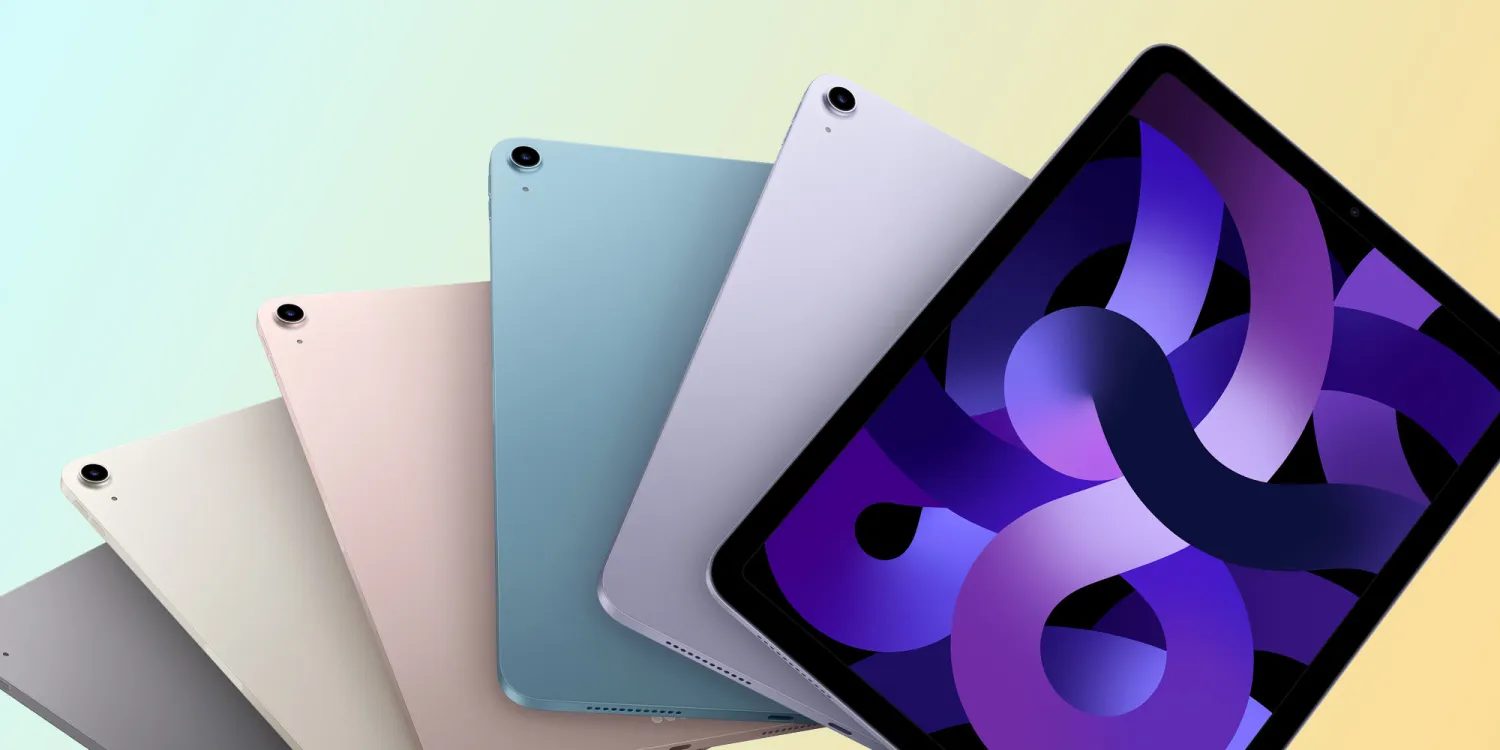
2020 iPad Pro Review Roundup: It’s ‘Grown Into Itself’
Apple announced its new 11- and 12.9-inch iPads Pro last week. There are a few big changes, including a more powerful processor, new cameras and a 3D sensor for more accurate augmented reality applications. The first reviews of the new iPad Pro have hit the web and we’ve rounded them up below.

The Verge‘s Dieter Bohn praises the addition of LiDAR in the new iPad Pro:
The main benefit AR apps will get right away is that LIDAR is able to nearly instantaneously map the surfaces in a room. Instead of having to wave your iPad around until the cameras can recognize objects, the LIDAR just measures them directly.
That spatial map is also more accurate — so the Measure app, for example, can show a ruler when you get in close to a line you’ve measured.
The other immediate benefit you get is with something called “occlusion.” That’s when something gets in between your iPad and the virtual object you’ve set on the floor or table or whatever. If somebody walks in between you and the virtual chair and the chair doesn’t get partially hidden, it breaks the illusion.
Jason Snell from Six Colors is a big fan of the LiDAR sensor’s improvements to the overall AR experience. He also notes that there are some strange camera features absent from the new tablet:
There’s no portrait mode, despite the presence of two cameras and a depth sensor. You also don’t get the option to integrate images that are just outside the frame of the wide camera but within the field of view of the ultrawide, presumably because that feature requires the A13 processor found in the iPhone, and doesn’t work on the A12X processor found in the iPad Pro. There’s also no Night Mode. Basically, the iPad Pro is a state-of-the-art Apple camera—from 2018.
TechCrunch‘s Matthew Panzarino points out that the 2020 iPad Pro’s A12Z processor is almost identical to the 2018 model’s A12X:
This version adds an additional GPU core and ‘enhanced thermal architecture’ — presumably better heat distribution under load but that was not especially evident given that the iPad Pro has rarely run hot for me. I’m interested to see what teardowns turn up here. New venting, piping or component distribution perhaps. Or something on-die.
It’s interesting, of course, that this processor is so close in performance (at least at a CPU level) to the A12X Bionic chip. Even at a GPU level Apple says nothing more than that it is faster than the A12X with none of the normal multipliers it typically touts.
Lauren Goode over at Wired loves the addition of the new mouse and trackpad support, but also notes that the feature is available on all iPads:
I used the new iPad with a $129 Apple Magic Trackpad. The cursor appears as a bubble on the home screen and over media, and as a vertical line when scrolling through text. The same gestures that work on the iPad’s screen also work on the trackpad; swiping up with three fingers shows all of your open apps, and using two fingers to swipe to the side lets you pan across. Casual games and apps with endless thumbnail options, like Netflix, were also a lot more enjoyable to use with a trackpad.
Jacob Krol from CNN concludes that the new iPad Pro has “grown into itself”:
It’s safe to say that the iPad Pro really feels like it has grown into itself. And with trackpad support coupled with one of the zippiest tablets we’ve ever tested (it’s the fastest iPad by far), this year’s iPad Pro is a clear winner. Still, though, you’ll be paying a hefty price: with an Apple Pencil and Magic Keyboard come May you’re looking at close to $1,300 for the base 11 inch or close to $1,500 with base 12.9 inch. But it’s the price you pay for quality, after all.
Overall, it seems like Apple’s fourth generation iPad Pro really impresses. If the third generation brought us a full redesign, the fourth seems like a refinement on the outside and a supercharge on the inside.

